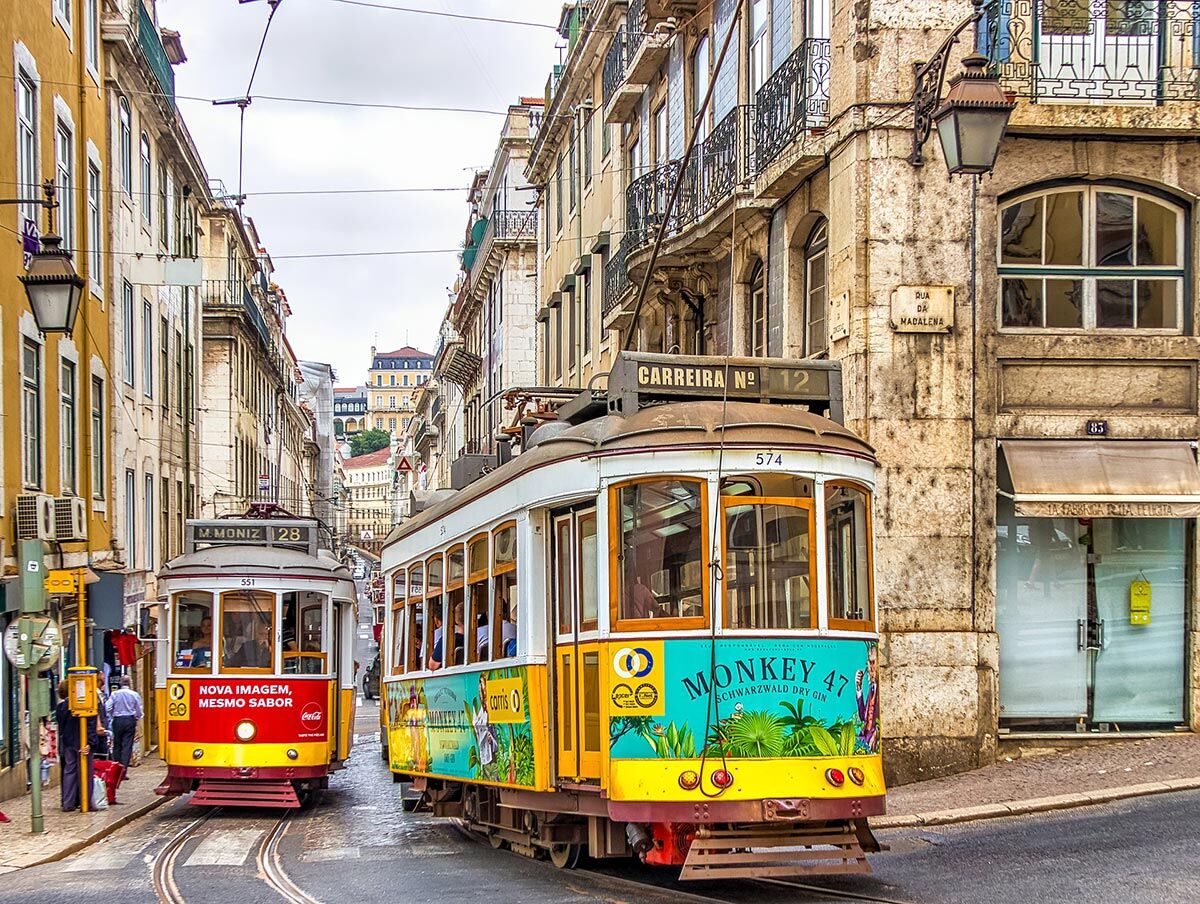
Taking the motorway from Marbella through to Seville and then across the border at its most southerly point will bring you directly into the famous Algarve, Portugal. The south coast of Portugal is host to so many beautiful seaside towns, golden beaches, golf courses and luxury high-end urbanisations. If you continue a little further along (the entire coast is only 170km, a 2-hour drive) towards the west coast, you can reach the famous surfing beaches in Sagres of Tonel, Mareta and Beliche as well as take a break at the world-famous Martinhal resort.
Article by Victoria Wood
The local fare
As soon as you cross the border, you’ll start to smell the charcoal grilling of the Portuguese spicy chicken national dish. Sounds simple, and it is, but you will never taste chicken quite like it. Head for any local looking churrasqueira and ask for the frango – don’t forget the piri-piri if you like a kick. Some versions will knock your socks off so be careful!
Other traditional delicacies include the illusive perceves or goose barnacles. Resembling tiny dinosaur feet, these little seafood delights are not so delightful to look at but are worth their weight in gold and a celebrated national delicacy. They’re salty, a bit like a tender snail in texture and come steamed. You must try them yourself to decide whether they’re for you, but two out of three of my kids love them. A bit like marmite!
Try a pastel de nata to get your sweet tooth tingling. You will usually find these little custard cream-filled pastries in every bakery, supermarket, café, and restaurant. Crispy flaky pastry provides the perfect vessel for the famously scorched custard-style filling.
Similar dishes to southern Spain include clams in garlic and white wine, but in Portugal the parsley is replaced with coriander, and you’d ask for amejoas rather than almejas. They’re sweet, juicy, and delicious and the sauce is perfect for dipping your ‘pao’ (bread) in once the clams are all devoured. You’ll also find sardines as prevalently as in Spain however they are generally double the size, salted, and grilled outdoors making them smoky, crispy-skinned and succulent (and, in my opinion, better). And then of course one must try the mighty cataplana. Portugal’s answer to the paella, it comes in many variations, usually with a base of rice and includes fish and vegetables, served in a large, covered metal pan.
What to do in the Algarve and beyond
Attractions along the Algarve and up the south-west coast range from incredible cliff-top walking and cycling trails to paddle-boarding, kayaking or motor-boat rides through the stunning Benagil caves. The four main bike/hike trails which are interconnected are called the Rota Vincentina, Via Algarviana, Grande Rota do Guaiana and Ecovia do Litoral – from these you can elect a section of a route in keeping with your personal ability, there is plenty to choose from for all levels.
Outstanding beaches adorned with caves feature beachside restaurants spilling over with locally caught fresh fish; head for Praia do Camilo, Ponte da Piedade, Praia da Luz, Ilha Deserta, Praia da Coelha, Praia do Benagil, Praia do Mareta. And for surfing the top, most frequent breaks are mostly situated on the Costa Vincentina, the south-west corner of the country – Amado, Castelejo, Arrifana, Tonel, Zavial, Ingrina, Beliche, and Faro to name but a few. There are countless surf instructors and clubs based all over the Algarve to choose from as well as equipment rentals if you’re not bringing your own. All aforementioned beaches are worthy of an award in my opinion, they are all unique in their landscaping, offer soft golden sands, breath-taking clifftop views often with walking or cycling paths carved out, plenty of year-round surf as well as relaxing calm waters, and a real feeling of getting off the beaten track without having to travel far.
From many of the southerly beaches you can take whale and dolphin sighting excursions, all of which may be seasonal so be sure to book or enquire before arrival. I have seen an Orca from the cliff top near Luz in Lagos myself and plenty of dolphins playing in the sea near the shore, so I can vouch for their prominent presence!
For shoppers there are big indoor centres in Loulé (Mar shopping centre) and Portimao (Aqua shopping centre) or you can take to the more romantic old, cobbled streets of Lagos or the frequent local markets. Nightlife can be found in Lagos old town as well as Portimao and Faro or head all the way up to Lisbon for some city fun and games.
Personally, I find the natural landscape of the south, south-west of Portugal to be second-to-none; it is a breath takingly beautiful, unspoilt, rugged coastline with great weather, delicious food, endless activities (and surf) and welcoming locals. Those cliffs! The sunsets! What’s not to love about Spain’s favourite neighbour?
